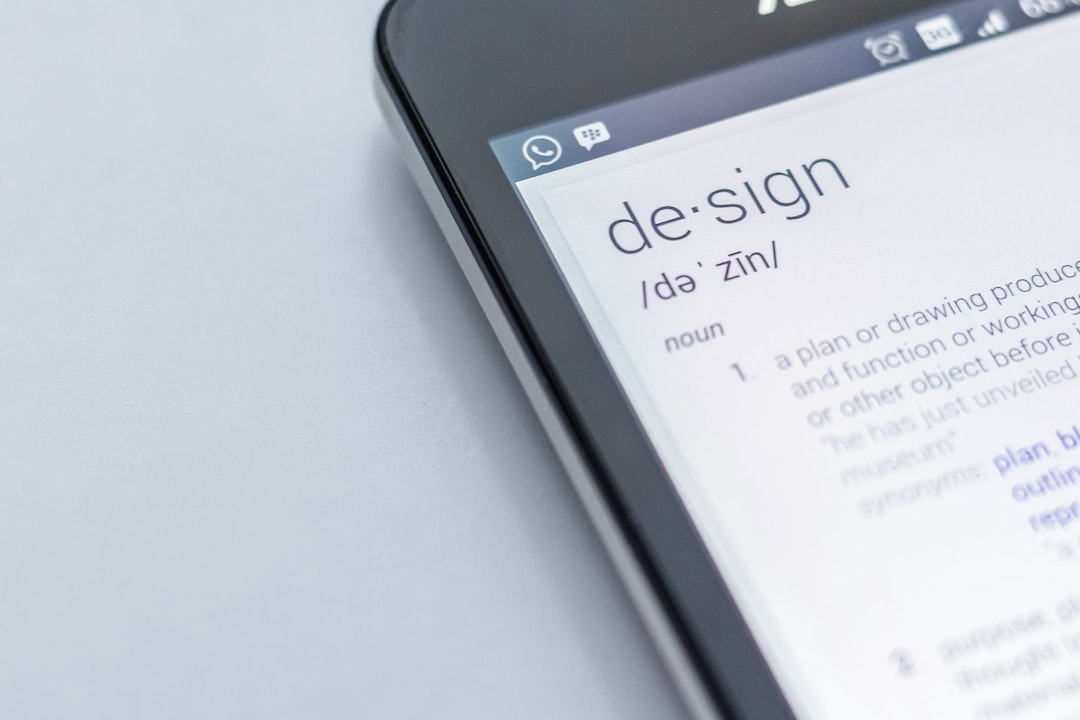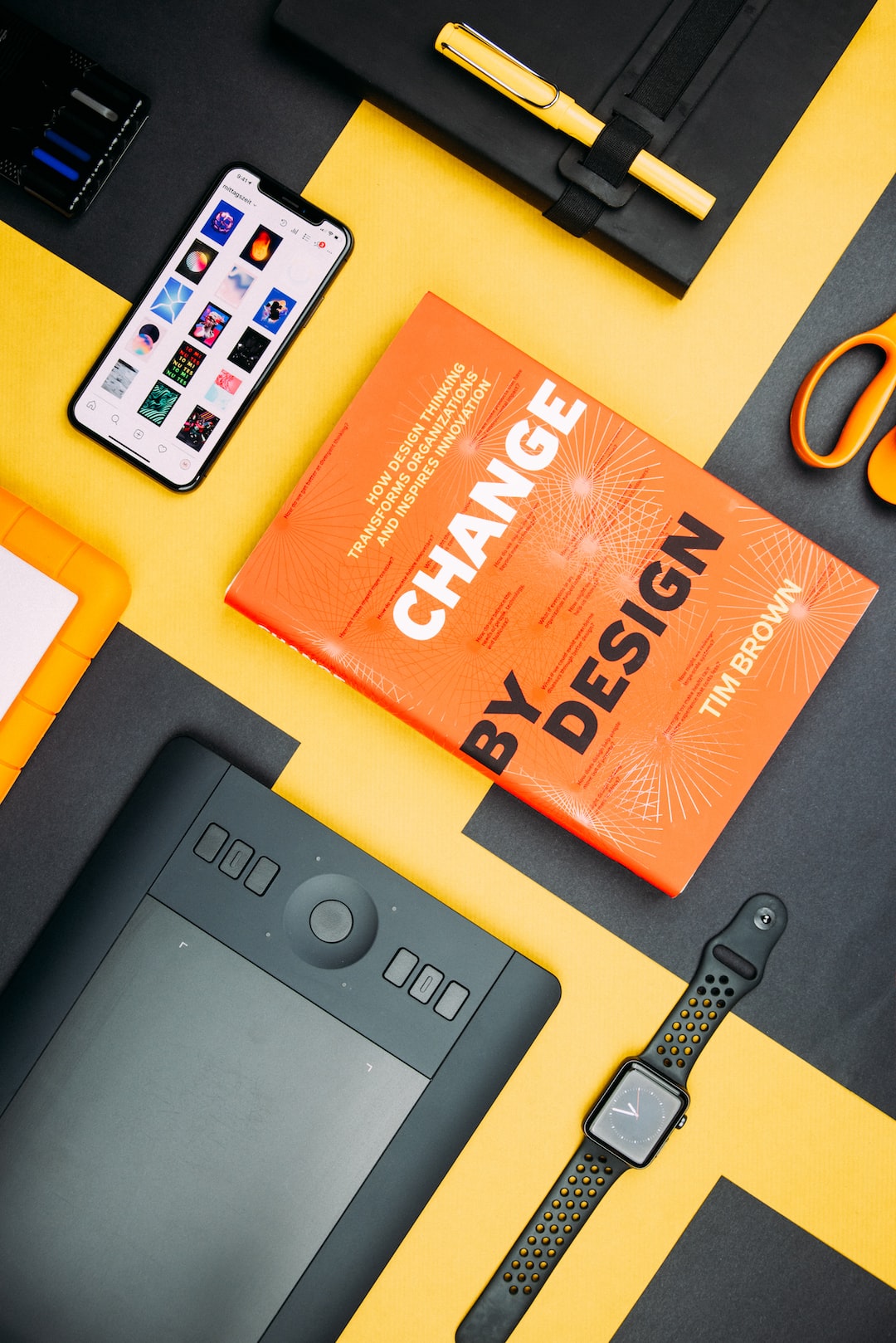Introduction
User engagement is an important factor for success in any industry, ranging from ecommerce to mobile apps. Emotional design is a concept that has been employed by many companies to help keep their users engaged. It involves using design principles, such as colors, visuals, and imagery, to evoke emotional responses from users. These emotional responses can be positive or negative, depending on the user’s individual experience. By understanding the impact of emotional design on user engagement, companies can create more engaging experiences to help build customer loyalty.
What is Emotional Design?
Emotional design is based on the concept that designers can evoke specific emotional responses from users through design elements. This means that designers can use elements such as color, typography, images, animation, and other visual cues to create an emotional experience for users. For example, a bright color palette can evoke feelings of joy and excitement, while muted colors can evoke feelings of tranquility and calmness. By understanding how design elements evoke certain emotions, designers can create experiences that engage users on a deeper level.
The Benefits of Emotional Design
The main benefit of emotional design is increased user engagement. When users are emotionally invested in an experience, they are more likely to stay engaged and come back for more. Emotional design can also help to build trust and loyalty between users and the company. By presenting users with a positive, emotionally-engaging experience, they are more likely to form a positive perception of the company and keep coming back.
How Companies Use Emotional Design
Companies use emotional design in various ways to engage users. For example, a company may use visuals such as product photos or lifestyle images to evoke feelings of desire or admiration. They may also use animation or video to add an element of surprise or entertainment. Companies may also use storytelling to evoke powerful emotions from users. By understanding the emotional impact of design elements, companies can create experiences that better engage their users.
Conclusion
Emotional design is an important tool for increasing user engagement. By understanding the impact of design elements on user emotion, companies can create more engaging experiences that build customer loyalty. Emotional design can be used in various ways, such as using visuals to evoke desire or using animation to add an element of surprise. By understanding the power of emotional design, companies can create experiences that better engage their users.
The concept of emotional design is relatively new and revolves around designing websites, products, applications and systems with the user’s emotional state in mind. The use of emotional design has had an undeniable impact on user engagement, creating a more intuitive, pleasant and enjoyable user experience. When designed correctly, emotiona l design can elevate a product or service from good to great, creating deeper connections between the user and the product.
l design can elevate a product or service from good to great, creating deeper connections between the user and the product.
The Role of Aesthetics
Aesthetics play an important role in emotional design, as they are what draw users in and keep them engaged. Aesthetically pleasing designs create a feeling of comfort and security, and encourage users to stay and explore. Aesthetics can help create a flow within the product, making it easier for users to understand how to properly use the product. A study by Baylor University found that when users were given aesthetically pleasing apps to use, they reported a better understanding of how to interact with the app and found it more enjoyable.
Leveraging Color Psychology
Color psychology is an integral part of emotional design, as each color has its own psychological meaning. For example, red can cause feelings of anger and excitement, while blue can be calming and reassuring. By understanding the psychological meanings behind colors, designers can create an emotional impact by utilizing different combinations of colors. Colors can also be used to evoke feelings of nostalgia and familiarity in users, as certain colors have become associated with particular products over time.
Creating a Sense of Connection
Emotive design can help create a sense of connection between the user and the product. This connection can be established through imagery, animation, and sound. The use of visuals and animations can help create a memorable experience for the user, while the use of sound can create a sense of familiarity and connection. Additionally, the use of thoughtful typography and subtle animation can help create a sense of personality within the product, creating a more human-like connection.
Providing Personalization
One of the key components of emotive design is providing personalized experiences for users. By recognizing user preferences and interactions, emotive design can deliver relevant content to the user in a way that feels tailored to their individual needs. This personalization can make users feel valued and appreciated, which can lead to higher levels of engagement. Even small touches such as customized greeting messages can make a difference in how users perceive the product.
Prioritizing Usability
Usability and functionality are important considerations when designing for emotional engagement. Users need to be able to quickly and easily navigate the product and access the features they need. The use of minimalist design principles can help to keep the user interface uncluttered and easy to use. Additionally, designers should pay attention to the speed of the product, ensuring that it is responsive and fast. The use of intuitive navigation and simple design elements can help create a pleasant user experience.
Conclusion
The use of emotive design has had an undeniable impact on user engagement. By utilizing aesthetics, color psychology, personalized experiences and usability, designers can create user experience s that are emotionally engaging and meaningful. As users become more educated and demand more from their digital experiences, emotive design will become increasingly important for creating engaging products.
s that are emotionally engaging and meaningful. As users become more educated and demand more from their digital experiences, emotive design will become increasingly important for creating engaging products.
The Impact of Emotional Design on User Engagement
Emotional design is a powerful tool for creating positive user experiences. It can have a significant impact on user engagement by tapping into users’ feelings and eliciting the desired behavior. Here are some examples of how emotional design can affect user engagement:
- Positive Feedback: Emotional design can be used to provide positive feedback to users, such as when they complete a task or achieve a goal. This motivates them to keep going and continue engaging with the product.
- Customization: Allowing users to customize their experience with personalized avatars, color palettes, and other design elements makes them feel more connected to the product and more motivated to use it.
- Intuitive Interactions: By using animation and visuals to make interactions intuitive and easy to understand, users are more likely to engage with the product without feeling overwhelmed or confused.
- Relatable Content: Using content that is relevant to the user’s interests and experiences helps to create an emotional connection between the user and the product, encouraging them to engage more.
To go fruther on the topic
If you’d like to explore more on the topic of The Impact of Emotional Design on User Engagement, we recommend the following litterature:
1. Emotional Design: Theory, Research and Applications, edited by Aaron Marcus and Tanja Sihvonen
2. The Power of Emotional Design: How to Connect with Your Customers Through the Art of Human Factors Engineering, by Joe Dumas
3. Interaction Design: Beyond Human-Computer Interaction, by Yvonne Rogers, Helen Sharp, and Jenny Preece
4. Designing for Emotion, by Aarron Walter
5. Affective Computing and Intelligent Interaction: 4th International Conference, ACII 2007, Beijing, China, October 22-24, 2007. Proceedings, by Ryohei Nakatsu, Yong Rui, and Junji Yamato
6. Emotion-Oriented Systems: The Humaine Handbook, edited by Peter P. G. Van Putten and Amanda V. R. van Tilburg
7. Emotional Design: Attractive Things Work Better, by Donald A. Norman
8. Designing for Engagement: Activities and Strategies to Support Student Learning, by Rebecca L. Oxford
9. Designing Experiences: The Psychology of Engagement with Digital Products, by Marc Hassenzahl
10. Engagement by Design: Creating Classrooms That Encourage Thinking, Creativity, and Participation, by Kristin Anderson


